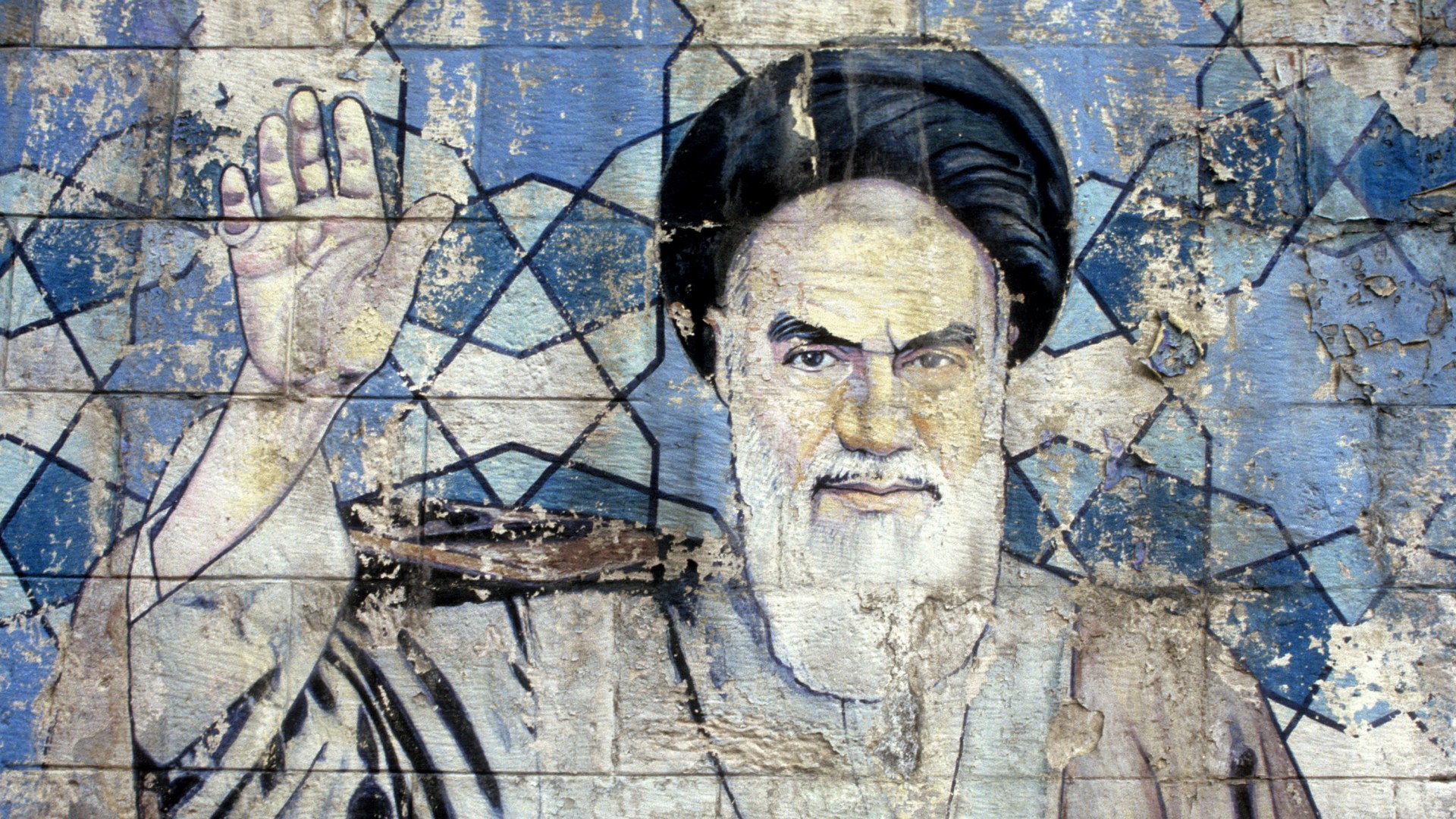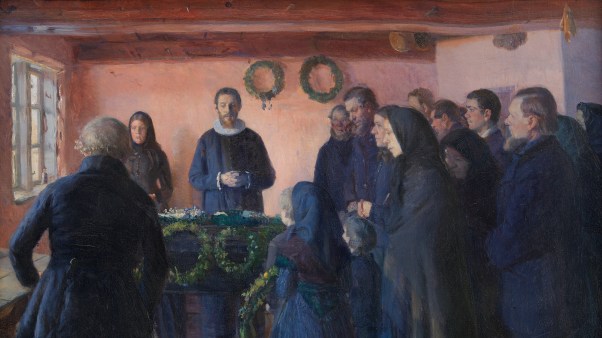(This is part four of a four-part series on Shiite Islam and the Iranian regime. Please click here to read parts one, two, and three.)
While the first three parts of the series explored the history of Shiite Islam and how the lack of an earthly imam formed Shiite political culture, today we look at modern Iran and the rise of the Islamic republic.
Although other Shiite sects exist, Iran adopted the Twelver faith—based on a line of 12 imams. The last of these disappeared, and in the centuries that followed, the sect waited for the Twelfth Imam to return as Mahdi, a messiah-type figure, and establish global Islamic governance. In his absence, Shiites submitted to political authority without admitting its ultimate legitimacy.
Something began to shift in mid-19th century Iran as Western influence seeped into the still-Shiite but increasingly secular monarchy. In 1890, the shah granted an English business monopoly over the local tobacco industry, and in response, the masses protested the blow to national sovereignty and their personal economic interests.
Sitting at home, a leading Twelver scholar then issued a fatwa (legal opinion) declaring that continuing to smoke represented a war against the Twelfth Imam himself. The wave of support for the fatwa drove the shah to reverse his policy, and clerics began to sense their secular influence. Five years later, some joined the push for a national constitution.
Most clerics stayed quiet, however, focusing on ordinary religious affairs. But decades later in the 1960s, frustration with an unpopular shah led Ali Shariati, a Paris-educated sociologist from a clerical family, to apply a Marxist reading to the story of Hussein, the grandson of the prophet Muhammad.
Hailed as “Lord of the Martyrs,” Hussein gathered a small contingent of faithful followers and set out from Medina, the city of Muhammad in today’s Saudi Arabia, to oppose the unjust caliph who ruled from Damascus, Syria. Along the way in Karbala, Iraq, the caliph’s army intercepted Hussein’s approach, and a siege ensued. After ten days of negotiation, the army killed Hussein and his supporters.
The standard Twelver narrative held that as an imam, Hussein had divine foreknowledge of the massacre yet went to his death anyway. Faithful Shiites treated it as a redemptive act compensating for the failure of their ancestors to follow the imam. A Shiite tradition quotes Muhammad as saying, “[Hussein] shall die for the sake of my people.”
By visiting Hussein’s shrine and lamenting during the yearly commemoration of Ashura, they seek fulfillment of another traditional saying: “A single tear shed for Hussein washes away a hundred sins.” Extreme Shiites will even whip themselves with ropes or chains to demonstrate their remorse.
Shariati pushed back on that interpretation, calling for a “Red Shiism” that returned the faith to an activist posture against oppression and away from the “Black Shiism” of mourning. Shariati said Hussein had died valiantly. Though he had failed, in imitation Shiites might yet succeed in taking down the unjust shah. Shariati popularized a new phrase to remember: Every day is Ashura. Every land is Karbala.
The clergy dismissed Shariati’s reinterpretation. But some criticized the passivity of religious scholars in the face of perceived unjust rule and developed a narrative that merged mourning with activism. This group included Ayatollah Ruhollah Khomeini, the first supreme leader of the Islamic republic.
Marxism held no appeal to Khomeini, who went on to suppress his socialist and liberal democratic allies in the Iranian Revolution. Yet as early as the 1940s, he demonstrated political tendencies, arguing publicly against the overthrow of the monarchy in favor of reform by a just ruler. When a quietist scholar became the leading marja (clerical source of emulation), Khomeini went quiet as well out of respect. But when the marja died, the ayatollah’s activism returned—and his religious philosophy developed. In 1970, Khomeini published Islamic Government, crafting the theory of wilayat al-faqih, the rule of sharia experts.
For Khomeini the logic was obvious: Government is necessary to defend and promote Islam, at home and abroad. The political ruler is necessarily less well-versed in spiritual matters and should therefore defer to the religious scholar concerning matters of faith. In many ways, this reflected the situation during the Buyid and Safavid dynasties, when clerics legislated on the rulers’ behalf.
Khomeini cut out the middleman. It follows from the above, he believed, that the ideal ruler is a religious scholar. But the imamate exists not only to guide an individual toward righteousness but also to establish Shiite justice in society. These roles were not suspended during occultation, the disappearance of the Twelfth Imam. Rather, the imam’s eventual role as the Mahdi is now administered by the clerics. Khomeini dismissed the long-standing Shiite idea that political power is illegitimate absent the imam.
Khomeini’s Islamic republic established an elected president and parliament. But these operate under the authority of the supreme guide—the senior cleric. Article 5 of the constitution declares that the leadership rights of the Hidden Imam “devolve upon” him. Per Article 111, the elected Assembly of (religious) Experts can dismiss him if they view him as unjust or impious. And the constitution’s preamble calls for progress toward “the establishment of a Divine order” and “the formation of a single world community.”
Yet it makes no mention of when this will happen, nor what the role of the Twelfth Imam is in bringing it to completion. The constitution includes the words Shiites repeat when speaking about the Hidden Imam, “May Allah hasten his reappearance.”
Shiite Muslims esteemed Khomeini as a marja, but there are many maraji. Some are in Qom, the preeminent center of learning in Iran. Others are in Najaf, its rival center in Iraq. From there, fellow Iranian Ayatollah Abolqasem al-Khoei opposed wilayat al-faqih as an innovation in Shiite doctrine. And today, the aged Ayatollah Sistani, also Iranian and widely reputed as the Shiites’ foremost scholar, does the same.
These three figures provide a template for Shiite politics. Khoei represents the traditional Shiite posture of waiting for the Twelfth Imam, in which the role of scholars is to issue religious rulings and to guide society by moral example.
Sistani, however, mediated the democratic transition in Iraq during US occupation by advising Shiites to vote and helping shape their political orientation. But he, much like the Buyid and Safavid dynasties, left governance to the politicians.
Khomeini also awaited the Twelfth Imam. But in the imam’s absence, he encouraged people to strive to create the ideal society envisioned by the 12 imams—including government. Once established, the rule of religious scholars would prevent the nation from veering from Islam.
Within any religion, scholars disagree all the time. But they tend to be united on the essentials—the foundational doctrines and practices of faith. Wilayat al-faqih does not qualify.
Is such rule by sharia scholars consistent with the core concerns of Shiite Islam? It runs counter to the principle of quietism long established by Twelver teaching. But it is an answer—within the development of rare political power—for how Shiites pursue leadership and justice during the Mahdi’s occultation.
Shiites must judge. Christians have a different standard in Jesus.












